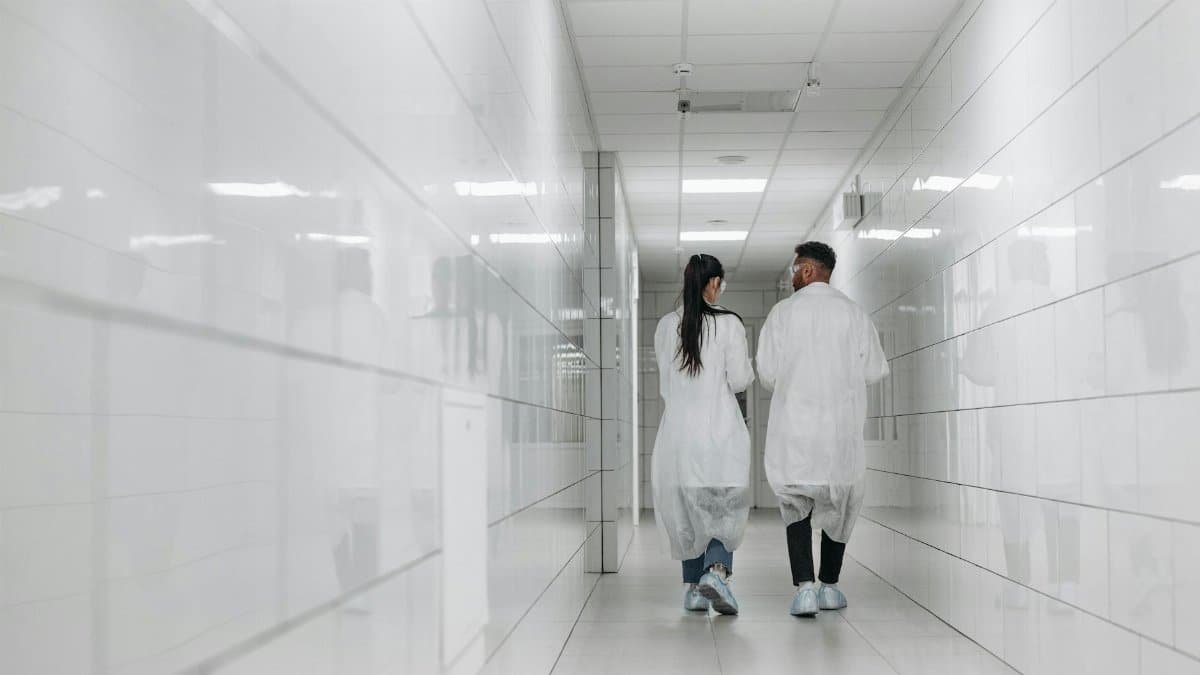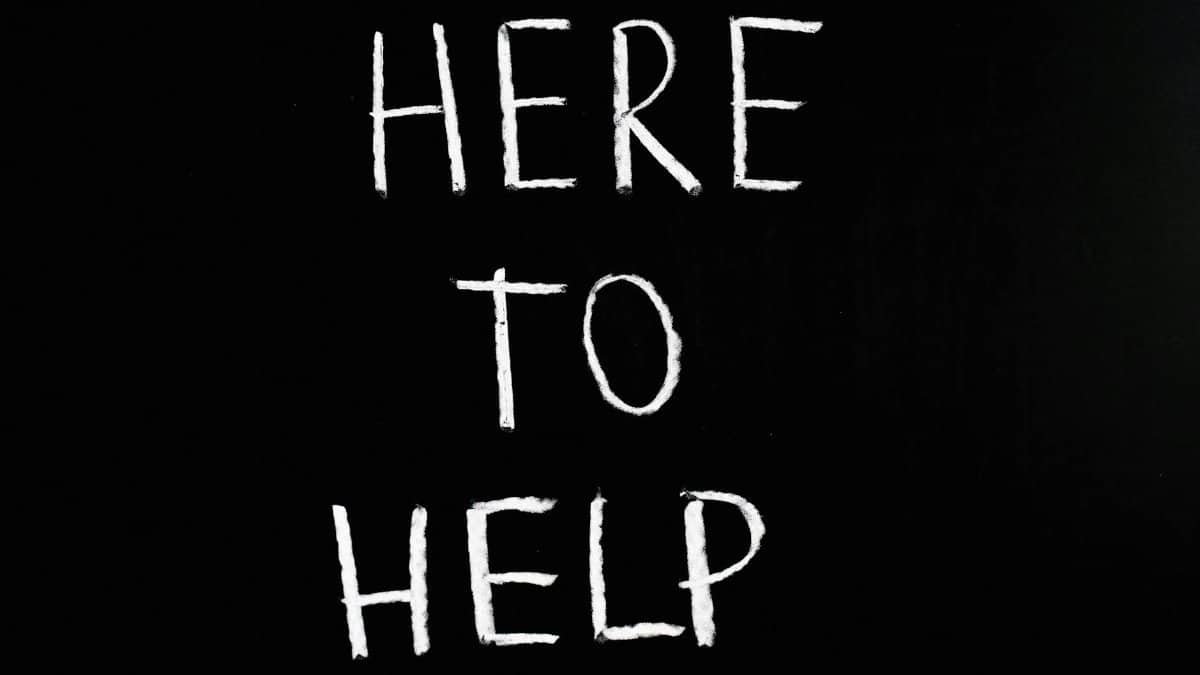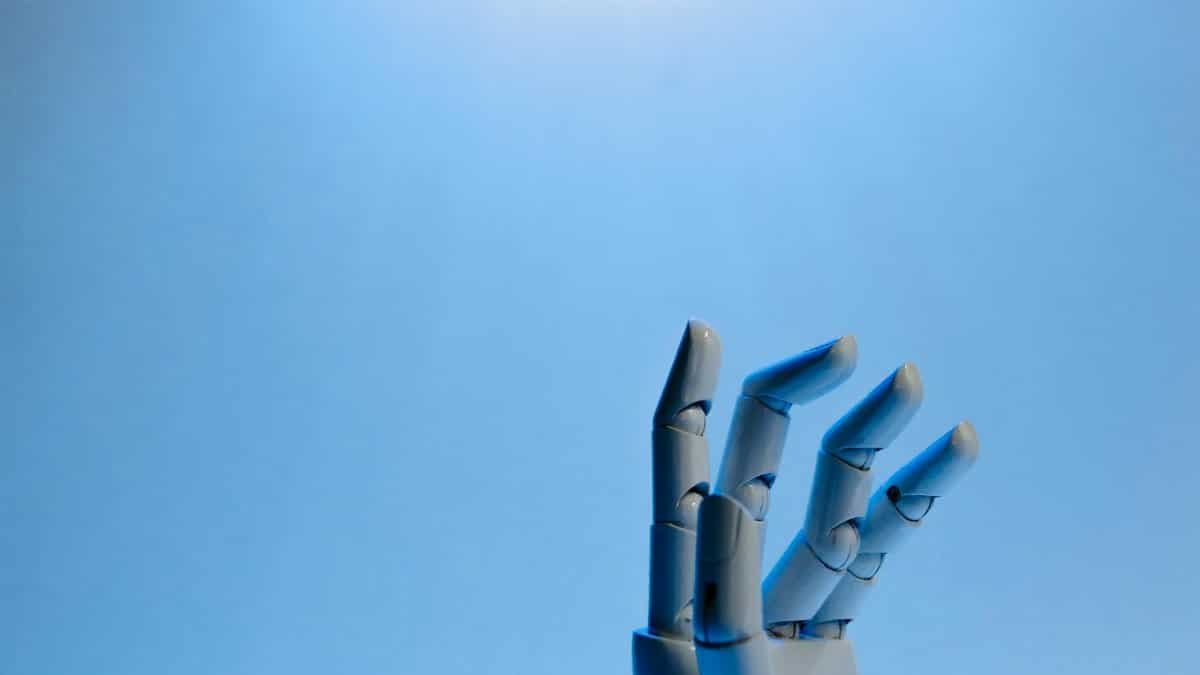Is white noise transition the secret to leaving work stress behind? For many Americans juggling high-pressure jobs and home life, the answer might be yes. A quick 90-second burst of white noise after shutting down the laptop can reset the brain, creating a mental boundary between work and personal time. This simple hack, dubbed the “white noise transition,” is gaining traction among mindfulness enthusiasts in 2025 as a way to ease into evening routines like dinner with family or unwinding solo. Here’s why it’s worth a try.
What Is White Noise Transition?

At its core, a white noise transition is a brief audio intervention—typically 60 to 90 seconds of static-like sound—that acts as a psychological cue. It signals the brain to shift gears, leaving behind the mental clutter of work and preparing for relaxation. Think of it as a reset button for your mind, helping to compartmentalize different parts of the day. Experts suggest it taps into the brain’s need for clear boundaries, especially in an era of blurred work-life lines.
Why It Works for Evening Shifts

After hours of Zoom calls and deadlines, the brain often struggles to switch off. White noise transition helps by providing a sensory break that disrupts lingering thoughts. Studies on sound and cognition show that neutral audio stimuli can reduce stress by lowering cortisol levels. According to research from the National Institutes of Health, ambient sounds can calm the nervous system, making it easier to focus on the present—like enjoying a meal without replaying that last email.
The Science Behind the Reset

White noise works by masking distracting thoughts with a consistent, non-intrusive sound. Neuroscientists note that it can help “drown out” mental noise, creating a blank slate for new activities. A study summarized by Pew Research on workplace stress highlights how auditory cues can improve mood and productivity by signaling transitions. For those moving from work to dinner, this quick burst can reframe the evening as a time for connection, not rumination.
How to Implement It

Getting started with a white noise transition is simple. After logging off, play a 90-second white noise track—easily found on apps like Spotify or YouTube—through headphones or a speaker. Sit quietly or do a light stretch while listening. The key is consistency; make it a daily ritual to reinforce the mental shift. Some users even pair it with a physical action, like closing a laptop lid, to double down on the cue.
Who Can Benefit Most?

This trick is especially useful for remote workers or parents who struggle to “leave the office” mentally. With over 30% of U.S. workers still operating from home in 2025, the need for clear boundaries is critical. Those with high-stress roles or ADHD may also find it helpful, as white noise can reduce overstimulation and improve focus on personal time. It’s a low-effort tool for anyone craving a smoother evening transition.
Potential Drawbacks to Consider

While effective for many, white noise transition isn’t a one-size-fits-all fix. Some might find the sound irritating or ineffective if they’re sensitive to audio stimuli. Others may need more active wind-down methods, like journaling or meditation. It’s also worth noting that over-reliance on any single technique can dull its impact over time. Experimenting with volume or duration can help tailor it to individual needs.
Real Results From Real People

Take Mark T., a graphic designer from Chicago, who started using white noise transition last month. “I used to carry work stress to the dinner table,” he admits. “Now, that 90 seconds of static helps me show up for my kids. It’s like flipping a switch.” Stories like his are popping up across social media, with users claiming better focus and less burnout by carving out this tiny mental break.
